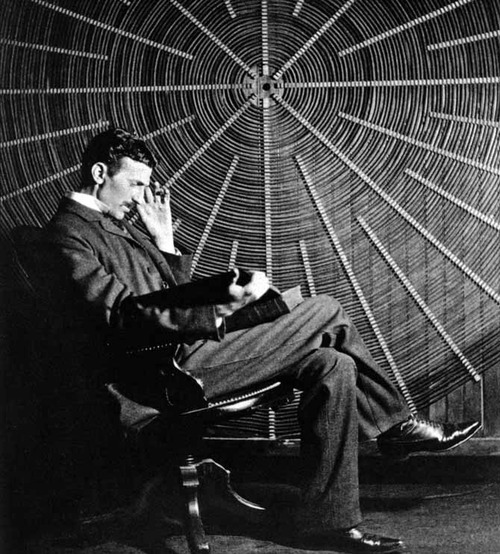
Balthazar Korab passed away at the age of 86 in Troy, MI earlier this year. He was a loyalist, in the documenting process as well as producing a perfectly polished result. The cover of the book shows an image of Eero Saarinen's TWA Terminal (1962), perhaps the era's most photogenic building. The image shows a moment of repose, a traveler in the background with hip cocked against a counter. The foreground is filled with one of Saarinen's exquisite tiled curves, accentuated by a gradient of light and shadow. In places you can hardly see the lighted tile, in others they fade into shadow. But one is well aware of the physicality of that curve, and the way it was made. The edge is not sharp but looks nibbled by thousands of regular teeth. Korab was born in Hungary, a refugee during the Second World War who finally escaped the Soviet occupation of Budapest in 1949. After crossing the Austrian border, he found a job on an American military base in Glasenbach as a U.S. Army photographer. Eventually he made his way west to Paris, where he enrolled at the Ecole des Beaux Arts and was absorbed into the wider community of architects and Hungarian emigres. In 1953 Korab met Sally Dow, an American in Paris studying piano; a year later they were married, and Dow took him home to meet her family in Michigan. Restless, Korab soon realized that Eero Saarinen's office was in a nearby suburb, and applied for a job. Korab worked for Saarinen as an architect for three years, from 1955 to 1958, and on projects that included IBM Rochester (1958), the Miller House (1957) and the U.S. Chancellery in London (1960). When he left the office, he decided to set up an independent photography practice. He continued to work for Saarinen as a photographer, and was taken up by the network of architects who had worked in the office, as well as other Detroit practices like those of Minoru Yamasaki and William Kessler. (This biography is sourced and condensed from Comazzi's book.). Some of the most intriguing images in the Korab book are the work of the Detroit diaspora. I had never before seen Yamasaki's Great Lakes Regional Headquarters of the Reynolds Metals Company (1959), for example. A pavilion-like building set on a podium within an orthogonal pond, Korab's two images show the affinity between Yamasaki's delicate suspended screen of circles and the lilypads in the water below. In a shot of the triangle-patterned front door of Yamasaki's McGregor Memorial Conference Center at Wayne State (1958), the picture is as much about the bare trees beyond the bony steel structure as it is about the architect's ornamental front doors, a screen of metal triangles. Again and again, Korab adds texture to the modernist monuments by not editing nature out. On the opposite page from Wayne State is a shot of Mies ven der Rohe's Lake Shore Drive Apartments (1951) in the snow. His quote: "It was a wet, snowy day, the there were these beautiful tailfins of a Cadillac in the foreground, with the parking meter ... it all acts as a counterpoint to the regularity of Mies's architecture." In another picture, Toronto Dominion Center fades into the mist. (Dwell has an excellent slideshow with additional images here.) Korab took photographs throughout the process of building TWA, a number of which are reproduced in the book. One can speculate about the cover image: would he have highlighted that curve, and its cloak of tile, had he not been there as they modeled, shaped, and smoothed the concrete? A project portfolio by Korab in the January 1958 issue of Architectural Forum introduced the bird in flight to the architectural public. For me, it is another Korab image of a Saarinen building that shows his deep understanding of the work. It is of the Deere & Co. Headquarters (1964), shot across the slope into which the display pavilion is cut. Instead of seeing the tractors inside, you see the wavy reflection of the grass and the trees behind, the Cor-Ten columns starting to blur and blend into the real trunks. Long before Saarinen could be revived and reinterpreted, Korab was interpeting, seeing Saarinen's intention and shooting it.





















































